About Tanzania

 Home to the vast Serengeti plains where the onset of the wildebeest migration is, and the snow-capped highest peak in Africa, the legendary Mt. Kilimanjaro. Tanzania is situated south of the Equator over an area half the size of Western Europe, and is East Africa's largest nation. From the shimmering lakes of the interior to the blue waters of the Indian Ocean, and from the northern mountains to the southern Ruvuma River, the country contains some of the largest, most scenic and charming wilderness areas in the world.
Home to the vast Serengeti plains where the onset of the wildebeest migration is, and the snow-capped highest peak in Africa, the legendary Mt. Kilimanjaro. Tanzania is situated south of the Equator over an area half the size of Western Europe, and is East Africa's largest nation. From the shimmering lakes of the interior to the blue waters of the Indian Ocean, and from the northern mountains to the southern Ruvuma River, the country contains some of the largest, most scenic and charming wilderness areas in the world.
Northern Tanzania remains one of the last strongholds of nature, from the great wildebeest migrations of the Serengeti, to the amazing concentration of wildlife that live in the Ngorongoro Crater.
Within Tanzania's borders lie 52,000 square kilometers (20,000 square miles) of water. Down the western side is Lake Tanganyika, Africa's longest and deepest freshwater lake and the second deepest in the world and to the north lies Lake Victoria.
Tanzania's people are as diverse as the country they inhabit, with more than 120 tribes existing, all differing in culture, social organization and language.
Rising from the surrounding plains like a mirage are the snow capped peaks of Mount Kilimanjaro, which continue to attract explorers, scientists, adventurers, climbers and tourists from around the world. Consisting of three volcanoes in one, Kilimanjaro is the highest mountain in Africa at 5,896 metres (19,340ft) and the tallest freestanding mountain in the world.
TANZANIA NATIONAL PARKS
TANZANIA, NGORONGORO CONSERVATION AREA
UNESCO protected ‘’World Heritage Site’’, the Ngorongoro Conservation Area is situated some 190 kms west of Arusha, between Lake Manyara and Serengeti National Parks. Covering approximately 8,288 square km, the Ngorongoro Conservation Area consists of the Ngorongoro Crater itself, the Olduvai Gorge, the Empakai crater and the Oldonyo Lengai Mountain. The Ngorongoro Conservation Area is a pioneering experiment in multi-purpose land use where the diverse interests of wild animals, plants and people are being integrated. Wild animals are protected as in the National parks. The craters of Ngorongoro and Empakai are reserved exclusively for wildlife, while the rest of the Conservation Area is shared by wildlife, people and livestock. The Ngorongoro Crater, which is the central attraction in the area, is the largest Caldera in the world that has its walls intact. The Ngorongoro Crater floor lies 610 metres below the rim and has an area of 265 sq. km, with a diameter of 16 km to 19 km. The sight of the Ngorongoro Crater is simply stunning. “There is nothing with which to compare. It is one of the wonders of the world…” once wrote Professor Bernard Grzimek. The crater floor is covered with plains animals, including wildebeest, zebra, gazelles, elands, rhino, and a large predator population of lions, hyena and jackal which can all be viewed at close quarters. Cheetah and leopard can also be seen here. The crater rim is about 2286 metres high and is chilly during the evenings.
TANZANIA, NDUTU
Ndutu area is located directly in the path of the Wildebeests migration. From January to April, the southeastern plains of the Serengeti ecosystem and the open woodlands around Lakes Ndutu and Lagaja become the centre of activity of the migratory animals which can be seen in the thousands.
TANZANIA, OLDUVAI GORGE
The Olduvai Gorge, also known as ‘’THE CRADLE OF MANKIND’’ is the site where in 1959, Dr. Louis LEAKEY discovered the Zinj Skull. Zinjanthropus is believed to have lived 1.7 millions ago. According to Dr. Leakey, Homo Habilis, the Nutcracker man, had a brain and hands capable of making tools.
TANZANIA, SERENGETI NATIONAL PARK
Covering an area of 14,763 sq. km, Serengeti National Park is the largest National Park in Tanzania. The park is located some 320 km to the northwest of Arusha, lying on a high plateau between the Ngorongoro highlands and the Kenya / Tanzania border, and extending almost to Lake Victoria to the west.
The Serengeti, derived from the Masai word “siringet” meaning endless plains, these vast plains are the origins of the greatest wildlife spectacle on earth, the migration of over 1 million wildebeest to the Masai Mara plains in Kenya. Pursued by hungry predators, this becomes a struggle of life and death that only the Serengeti and Masai Mara are honoured to host. The principal features of the Serengeti are the short and long grass plains in the south and east, the acacia Savannah in the central areas, the hilly and densely wooded areas in the north and the extensive woodland in the west. There is a variety of scenery, which include the plains, lakes, hills and the rock outcrops called kopjes.
The main game drive areas in the Serengeti are the Seronera Valley, the Western Corridor, and Lobo. In the Seronera Valley, animals that can be seen are lions, buffaloes, impalas, hippos, water-bucks, elephants, cheetahs and the leopard.
From December, when the long rains start, to May, eastern Serengeti plains provide the best opportunities for game viewing as hundreds of thousands of the migratory animals are concentrated in this part attracted by the short palatable grass. Between May and June, when drought sets in, Serengeti is the site of one of the most breathtaking events in the animal kingdom - the migration of thousands of wildebeest heading southwest, north or west in search of water and greener pastures. The Lobo area remains rich in wildlife during the dry months of July to October when most of the game has moved from the grass plains in the south. This is also true of the Western Corridor towards Lake Victoria when the migration usually arrives between June and July.
Serengeti provides sanctuary to the highest concentration of plains animals in the world. Survey estimates indicate an animal population of about 4 million including 3,000 lions, 1,600,000 wildebeests, 500,000 zebras. There are over 400 species of birds in the Serengeti.
Popular Destinations
 |
|
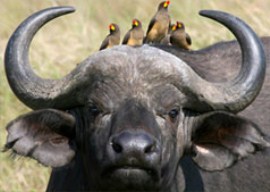 |
|
 |
|
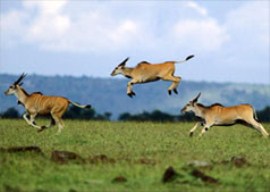 |
|
 |
|
 |
|
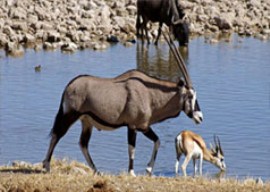 |
|
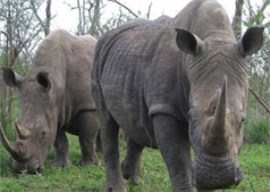 |
|
 |
|
 |
|
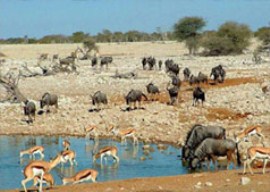 |
|
 |
|
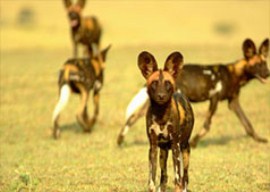 |
|
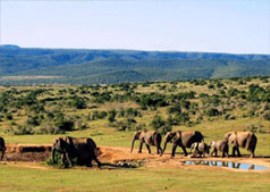 |
|
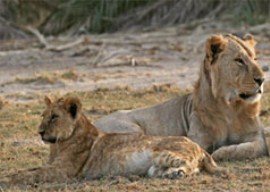 |
|
 |
|
 |
|
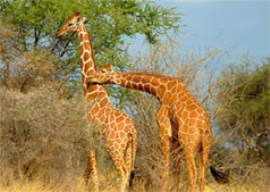 |
|
 |
|
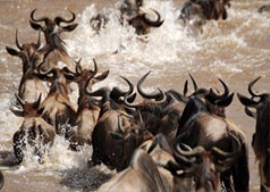 |

